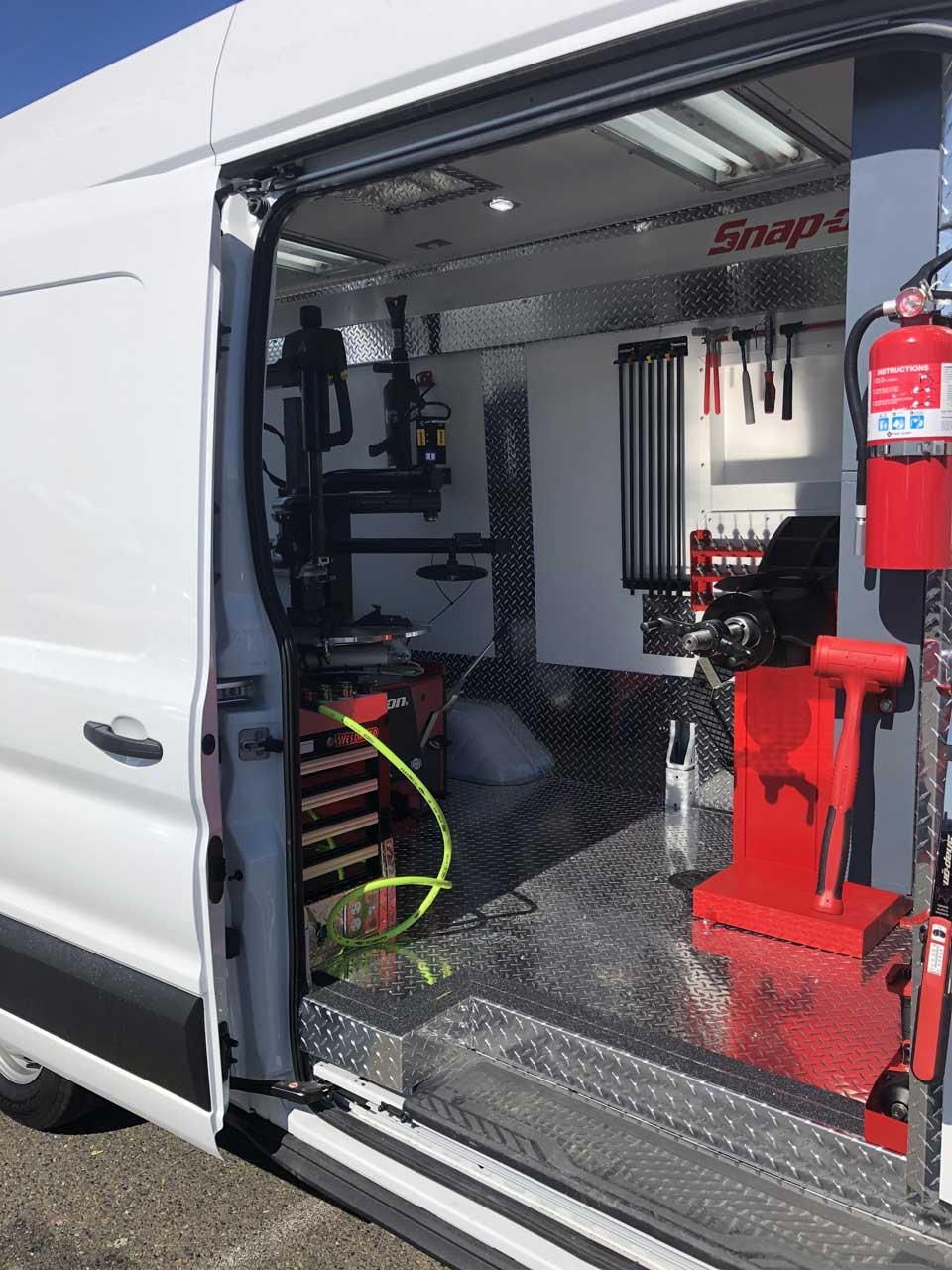Tire Service: Proven Approaches for Ideal Tire Maintenance and Care
Maintaining ideal tire condition is extremely important for both security and performance of any vehicle. From making sure correct tire stress to routine rotation and alignment, there are tested methods that can substantially prolong the life-span of your tires and boost general driving experience. As we check out the details of tire treatment and maintenance, we will reveal important guidelines that every car owner need to comply with for the ideal possible results. Let's look into the world of tire solution and discover the tricks to maintaining your tires in first-class form for the long run.
Significance of Tire Stress
Ample tire pressure advertises far better fuel performance, as under-inflated tires can lead to boosted rolling resistance, causing the engine to work tougher and consume even more fuel. Right tire stress makes sure also step wear, enhancing tire longevity and saving money in the lengthy run by delaying the requirement for early replacements. Frequently inspecting and readjusting tire pressure, particularly in the past long trips, is a simple yet reliable means to boost vehicle performance, prolong tire lifespan, and focus on security on the roadway.
Tire Rotation Guidelines
When thinking about tire turning standards, it is vital to understand the relevance of this upkeep job in optimizing tire lifespan and maintaining ideal automobile efficiency. Tire turning entails changing the position of each tire on an automobile to make sure even walk wear. Front tires have a tendency to use quicker than back tires as a result of steering forces, making regular turning critical for well balanced wear patterns. The recommended rotation pattern differs depending upon whether a lorry is front-wheel, rear-wheel, all-wheel, or 4x4. Normally, tires must be rotated every 5,000 to 7,500 miles, or as suggested in the car manual. Ignoring tire rotation can bring about irregular wear, impacting handling, traction, and possibly compromising vehicle safety. By adhering to appropriate rotation standards, drivers can extend the life of their tires, improve fuel efficiency, and enhance overall driving experience. Regular rotation is a straightforward yet effective maintenance technique that contributes considerably to tire longevity and lorry performance.

Advantages of Wheel Alignment
Ensuring appropriate wheel placement after tire turning is essential for maintaining balanced wear patterns and optimizing internet lorry efficiency. Wheel placement describes the change of the angles of the wheels to the supplier's specifications. Among the crucial benefits of wheel placement is boosted steering and taking care of action. When the wheels are properly straightened, it reduces steering effort, making certain a smoother and extra regulated driving experience. Additionally, right wheel placement helps to expand the life expectancy of your tires. Misaligned wheels can create irregular tire wear, causing early tire substitute and enhanced maintenance prices.

Tire Tread Depth Check
Performing a routine inspection of tire walk deepness is vital for keeping secure driving problems and lengthening the life expectancy of your tires. Unequal step wear can indicate problems with tire suspension, stress, or alignment, highlighting the importance of normal walk depth checks. By including tire tread depth checks right into your regular maintenance schedule, you can drive with self-confidence understanding that your tires are in top problem.
Seasonal Tire Inspection
Seasonal tire assessment is a fundamental facet of tire maintenance that guarantees tires are ready to face the difficulties posed by various weather conditions. In prep work for wintertime, it is vital to check the tire stress regularly as cool temperature levels can create tire pressure to drop. By performing regular seasonal tire examinations, drivers can extend tire life expectancy, boost gas efficiency, and most importantly, make certain a secure driving experience in varying weather conditions.
Verdict
Finally, keeping appropriate tire pressure, rotating tires frequently, straightening wheels correctly, monitoring tread my website depth, and performing seasonal inspections are vital methods for ideal tire treatment. By adhering to these confirmed approaches, motorists can ensure their tires last much longer, do better, and add to overall vehicle safety and security. It is necessary to prioritize tire upkeep to stop accidents, enhance fuel performance, and extend the life-span of tires.
Adequate tire stress advertises better gas efficiency, as under-inflated tires can lead to raised rolling resistance, causing the engine to function tougher and take in even more fuel.When considering tire turning standards, it is vital to comprehend the importance of this upkeep job in making best use of tire life expectancy and maintaining ideal lorry performance. Seasonal tire examination is an essential element of tire upkeep that makes certain tires are ready to encounter the obstacles posed by different weather problems. By conducting routine seasonal tire examinations, chauffeurs can lengthen tire life expectancy, boost gas effectiveness, and most importantly, make certain a protected driving experience in differing weather condition problems.
In verdict, maintaining proper tire stress, rotating tires regularly, aligning wheels properly, keeping an eye on walk depth, and conducting seasonal examinations are crucial methods for optimal tire care.